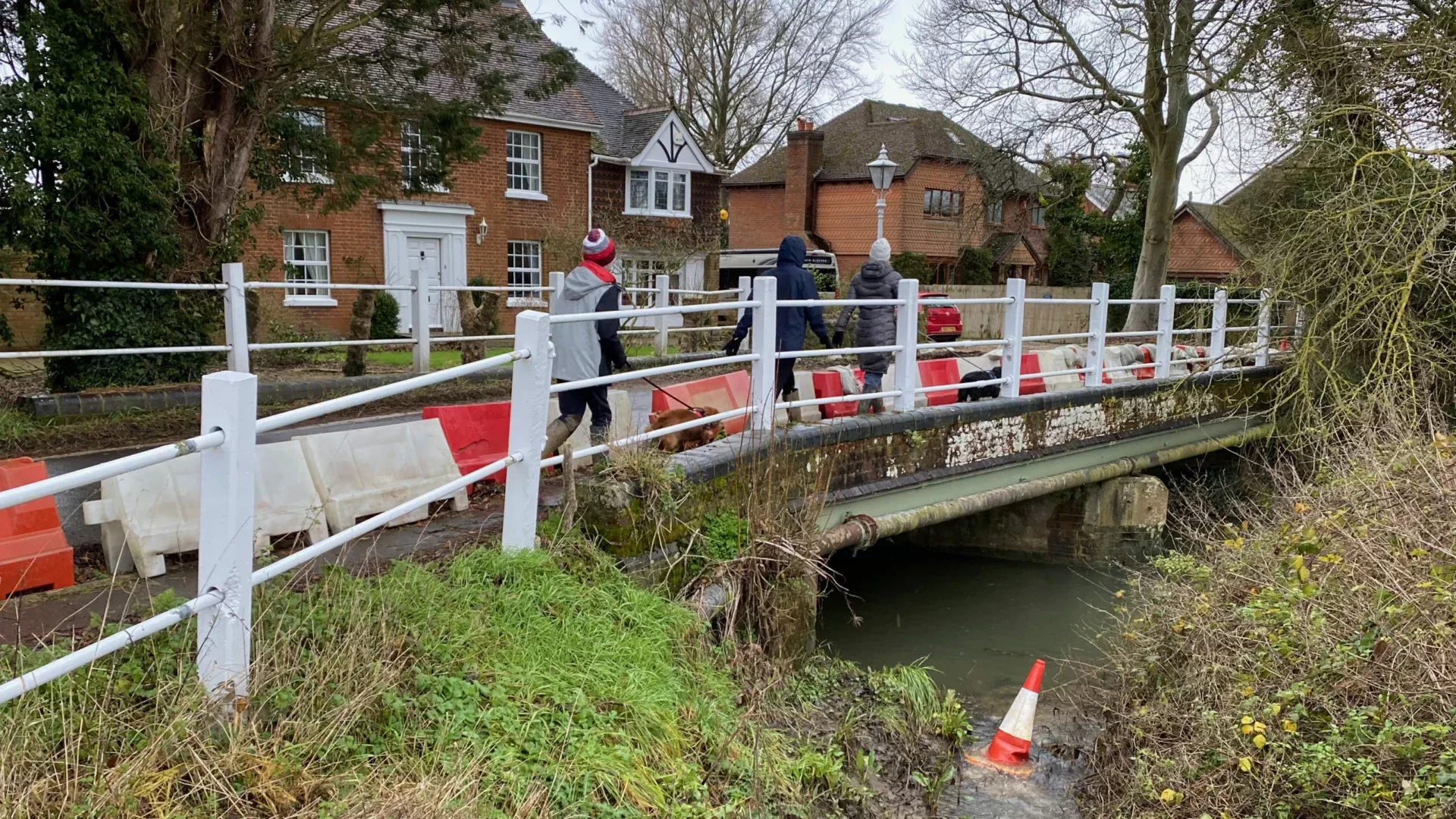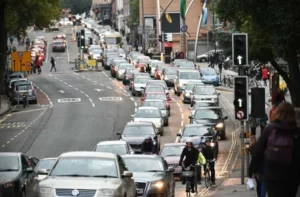The number of substandard road bridges managed by councils across Great Britain is increasing, according to new research by the RAC Foundation.
Local authorities in England, Scotland and Wales have identified 3,105 bridges – defined as structures over 1.5m in span – as being substandard. This, said the RAC Foundation, was 1.6% up on the 3,055 figure twelve months before.
The analysis was carried out by the RAC Foundation and is based on responses to FOI requests made by the Foundation in October 2020 to 206 local highways authorities.
The analysis is based on data provided by 199 councils out of the 206 asked. Between them the councils are responsible for maintaining 71,656 bridges meaning 4.3% of the inventory is substandard.
Councils also reported that, at the time they responded in Autumn 2020, ten bridges across Great Britain had fully collapsed in the previous 12 months. A further 30 had partially collapsed.
Of the 10 full collapses, seven were in Aberdeenshire. Caerphilly, Derbyshire and Dumfries & Galloway had one each.
The 30 partial collapses were in: Powys (6); Conwy (5); Denbighshire (3); Dumfries & Galloway (2); North Yorkshire (2); Perth and Kinross (2); and Barnet, Buckinghamshire, Fife, Gwynedd, Lincolnshire, Merton, Neath Port Talbot, Peterborough, Somerset and Stirling (one each).
Despite these failures the analysis shows an apparent large decline in the number of bridges being assessed for damage caused by river flow.
Steve Gooding, director of the RAC Foundation, said: “We might not yet be at the stage where London Bridge has fallen down, as described in the nursery rhyme, but several other bridges across the country have suffered partial or total collapses.
“At the same time there has been a worrying decline in the number of inspections carried out to examine just how much damage rivers, and the debris they carry, are doing to bridges below the waterline. This is storing up trouble for the future as our weather gets more extreme and traffic volumes rise again after the Covid-19 restrictions.”
Kevin Dentith, chair of the ADEPT National Bridges Group, said: ‘’The serious flooding we have just experienced across England means bridges with foundations in watercourses will have again been subjected to scouring. Bridge owners should satisfy themselves that appropriate action is in place to ensure the more susceptible bridges are protected.
“Whilst the number of substandard bridges may appear worrying there is often a good reason why a bridge falls into this category; it does not mean the bridge is unsafe as it will be managed by the Local Authority usually by a weight limit. A restriction such as this may be wholly appropriate for the class of road and/or location, however the survey shows Local Authorities would want to remove 2256 bridges out of this sub-standard category which can only be achieved by more investment through Government funding.
‘’As someone who has been promoting scour assessments at national conferences, webinars and advising Highway England with the BD97/12 update it is worrying that whilst the industry knows scour is the main cause of bridge collapse the survey shows the number of scour assessments has dropped so significantly where it should be increasing.
“Assuming survey returns are accurate there could be several reasons why this has happened including Covid-19 preventing some inspections taking place or engineers may be waiting for the new Highways England Guidance in the revised Design Manual for Road & Bridges which replaces BD97/12, due out in Spring 2021. Whatever the reason this trend needs to be reversed if we are to be sure the safety of our assets is maintained. I would like to take this opportunity to remind highway bridge owners that scour assessments can, and should, be funded through the LTP capital programme and not the under-pressure revenue budgets.”
In the January 2021 floods caused by Storm Christoph washed away Llanerch Bridge in North Wales which had been built in the 1800s.
Disruption continues in London after restrictions were imposed on the 133-year-old Hammersmith Bridge over the Thames in London, first in April 2019 when it was closed to motorised vehicles, and then in August 2020 when it was also closed to pedestrians, cyclists and river traffic after microcracks were found in the cast iron pedestals at each end of the bridge that support the suspension structure. The work required to reopen the bridge to vehicles is estimated to cost £141 million.





















